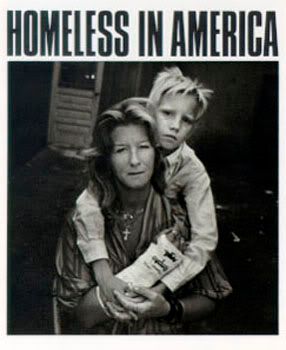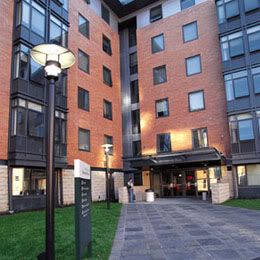
With 47-million adults and 58-million children planning on dressing up this Halloween, according to the National Retail Federation, it's apparent that this is a major part of the American Halloween experience.
And what we chose could reveal something about us.
Sometimes a costume is just a costume, and other times it may carry some deeper psychological meaning.
Dr. Darwin Dorr, a psychology professor at Wichita State University, told Psychology Today that some costumes may fall into Carl Jungs architype of 'the shadow',described as the unconscious part of you that you don't particularly like, but are able to express on Halloween.
"You may see a demure woman costumed as a dominatrix, or a straight man dressed in drag," he said in the article.
Carl Jung, founder of analytic psychology, also known as Jungian psychology, explored dreams, mythology, religion, along with direct observation, and concluded that human behavior fell into what he termed as archetypes.
Archytypes, as defined by Jung, are unconscious and conscious patterns of behavior, and could provide some insight into why we chose a certain costume during the one time of year when we are able to express ourselves in almost any way we desire.
Along with 'the shadow', is the Anima and Animus, which (among other functions) can act as a bridge between the conscious and the unconscious parts of the personality, according to Jane Cicchetti's book, Dreams, Symbols, and Homeopathy.
This archetype is commonly expressed fictionally as super-heros and gods, who possess unusual power and amazing skill, and choosing these types of costumes could be a way to explore this part of our subconscious.
Jolanda Loshi, 21, says that it all depends on what's going on that year that determines what she will be for Halloween, and could go from one extreme to the other.
"I usually pick what I'm going to be on a whim", she says. "One year I was a vampire, with blood and everything. The next I was a sexy-cop with high boots."
Participating in Halloween since she came to this country from Albania when she was 13, Loshi has found this "American tradition" to be an interesting opportunity to express herself.
She is now part of the billion-dollar-a-year revenue generating holiday that allows children and adults alike to become whatever it is they've fantasized about being.



